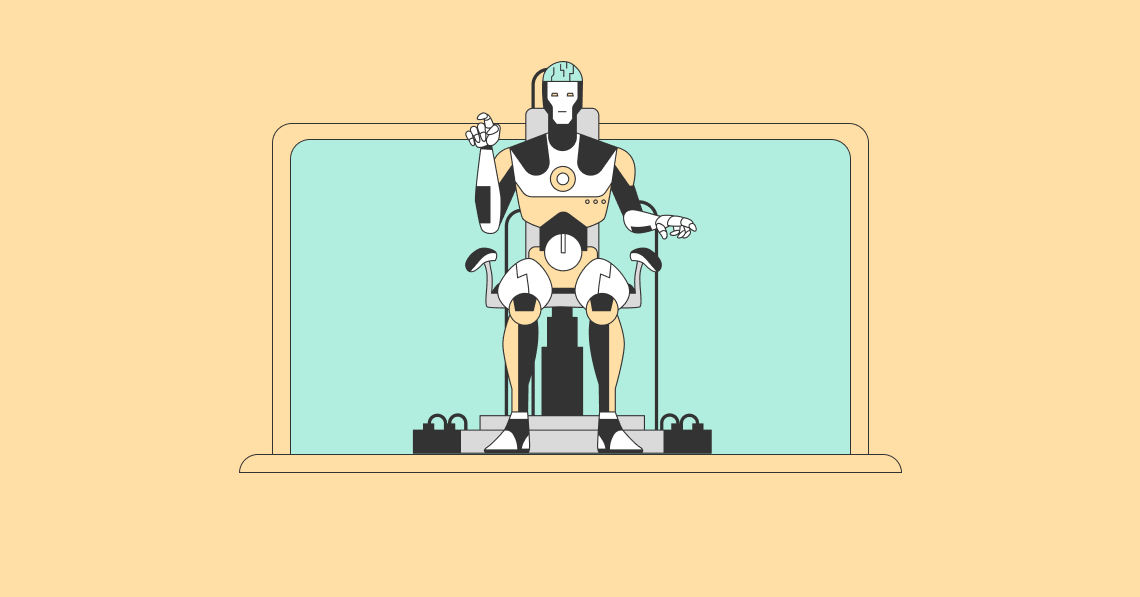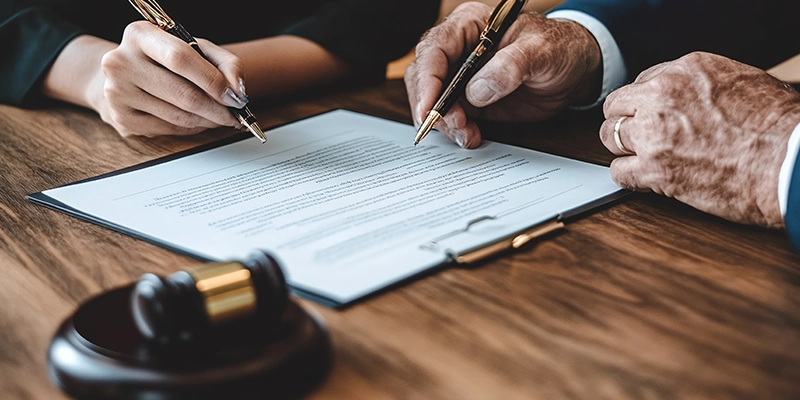
by Dennis Crouch
On October 12, 2022, the Supreme Courtroom will listen to oral arguments in the fair use copyright scenario of Andy Warhol Basis, Inc. v. Goldsmith, Docket No. 21-869 (2022). Roman Martinez (Latham Watkins) is set to argue for Warhol and Lisa Blatt (Williams Connolly) for Goldsmith. The Court is also supplying 15 minutes to Yaria Dubin (USDOJ) who also filed a temporary supporting Goldsmith.
Andy Warhol admittedly employed Lynn Goldmith’s copyrighted photos of Prince as the basis for his established of sixteen silkscreens. Warhol’s Estate argues that the artworks stand for a commentary on the dehumanizing character of celeb whereas the Goldsmith shots just replicate Prince in his distinctive human variety.
The Supreme Court docket has taken-up the circumstance to take into account the extent that the doctrine of transformative reasonable use should really worth “differences in indicating or information,” especially in circumstances wherever the is effective share main inventive things and have the exact goal.
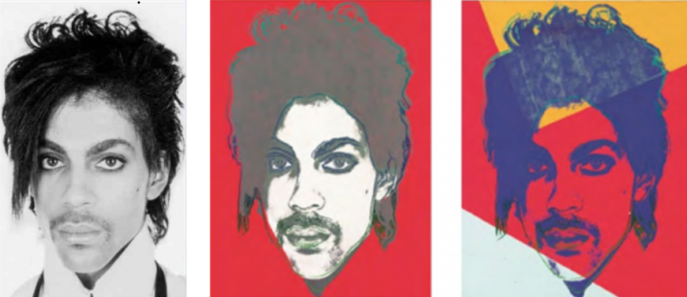
Concern presented: Whether or not a operate of artwork is “transformative” when it conveys a various indicating or concept from its source materials (as the Supreme Court docket, U.S. Court of Appeals for the 9th Circuit, and other courts of appeals have held), or irrespective of whether a court docket is forbidden from contemplating the which means of the accused get the job done wherever it “recognizably deriv[es] from” its source substance (as the U.S. Court docket of Appeals for the 2nd Circuit has held).
Though Andy Warhol is useless, his artwork, legacy, copyrights, and likely duplicate-wrongs stay on. In the 1980s, Warhol made a established of silkscreens of the musician Prince. Prince did not individually model for Warhol. Fairly, Warhol labored from a set of studio images by famed superstar photographer Lynn Goldsmith. Self-importance Honest experienced commissioned Warhol to make an illustration for its 1984 report on Prince. As aspect of that method, the journal obtained a license from Goldsmith, but only for the limited use as an “artists reference” for an impression to be printed in Self-importance Honest magazine. The posted post acknowledges Goldsmith. One purpose why the journal understood to arrive at-out to Goldsmith was that her photos had also beforehand been applied as journal deal with-artwork. Warhol took some liberties that went beyond the original license and established a set of sixteen Prince silkscreens. These originals have been marketed and reproduced in numerous sorts and in approaches that go properly over and above the authentic license attained by Self-importance Fair. (Warhol was in no way personally a get together to the license).
Warhol claimed copyright more than his creative creations and his Estate continues to obtain royalty profits very long following his death in 1987. Goldsmith argues that her copyrighted photos serve as the fundamental foundation for Warhol’s artwork and that she is owed more royalties. Soon after unsuccessful negotiations, Warhol’s Estate sued for a declaratory judgment and initially received. In individual, the SDNY District Court docket granted summary judgment of no-infringement based mostly upon the doctrine of transformative fair use. The district court docket significantly in comparison the works “side-by-side” and concluded that Warhol’s creation experienced a “different character, a new expression, and employs new aesthetics with [distinct] creative and communicative results.” This take a look at quoted comes from yet another famed a photograph-transformation case, Patrick Cariou v. Richard Prince, 714 F. 3d 694 (2d Cir. 2013).
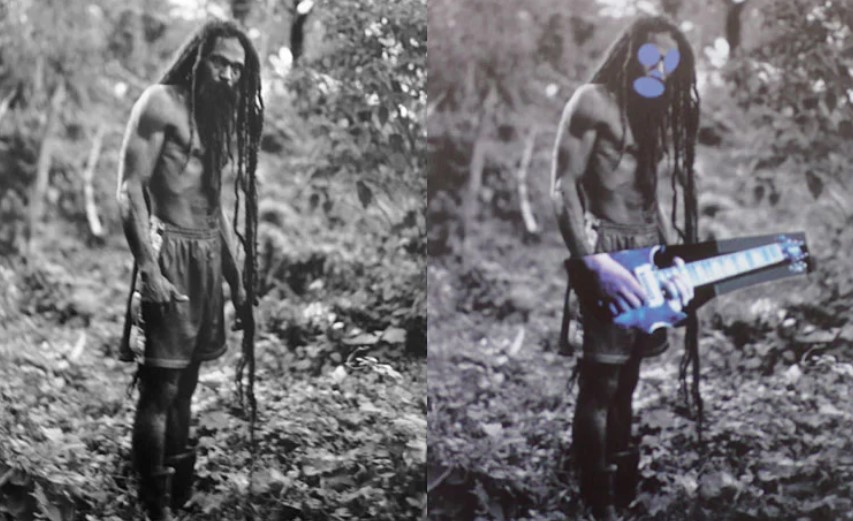
Richard Prince had modified Cariou’s images of a Jamaican Rastafarian community and exhibited his perform as “appropriation artwork.” The copier eventually received, with an appellate holding that the vast majority of Richard Prince’s will work were being clearly transformative in their freshly offered “aesthetic.” In that situation, the 2nd Circuit also held that the new get the job done can even now be a transformative truthful use even if not a “satire or parody” of the original do the job, or even be commenting on the initial get the job done in any way. That mentioned, takes advantage of of someone’s copyright function for a the purpose of parody, news reporting, comment, or criticism make it a lot more probable that the use will be deemed a honest use.
Immediately after losing at the district courtroom, Goldsmith appealed to the 2nd Circuit who reversed and as a substitute concluded that Warhol’s art was “substantially comparable to the Goldsmith Photograph as a make any difference of law” and “all four [fair use] elements favor Goldsmith.” The appellate courtroom warned in opposition to far too broadly studying its prior Cariou determination.

Warhol’s critical lawful precedent on place is Campbell v. Acuff-Rose Songs, Inc., 510 U.S. 569 (1994). Campbell included 2 Are living Crew’s parody of the well known Roy Orbison music “Oh, Very Lady.” The unanimous selection by Justice Kennedy delves into the 1st statutory truthful use factor (“purpose and character of the use”) and distinguishes among (a) uses that simply just switch or supersedes the unique get the job done and (b) individuals that are transformative of the original operate. The much more transformative a perform, the far more very likely that it will be deemed a fair use and thus not infringing. Campbell goes even more and explains that transformativeness is not exclusively about new expression—it is also focused on whether the new perform has “a further more function or different character, altering the 1st with new expression, meaning, or concept.”
Goldsmith argues that transformative that means is only 1 ingredient of a wide-ranging fair use evaluation correctly performed by the 2nd Circuit. As the Supreme Court not too long ago described in Google v. Oracle conclusion, the approach is a “a holistic, context-delicate inquiry” operating without having any “bright line regulations.”
The Copyright Act claims the primary creator some total of management over related and stick to-on performs. In truth, the copyright operator is given distinctive rights to handle planning of any “derivative functions centered on the copyrighted operate.” For Warhol to count fully upon transformativness for his reasonable-use defense, the use have to be so transformative as to leap beyond these by-product use legal rights. Continue to, Warhol argues that the Second Circuit erred by refusing to give pounds to the remodeled “meaning or message” even if fundamental components of his artwork ended up very similar to aspects of the first photographs. As the Courtroom wrote in Campbell, transformative takes advantage of “lie at the heart of the truthful use doctrine’s ensure of respiration house within the confines of copyright.” Warhol’s certain grievance with the Second Circuit is its apparent ruling that “a new work that indisputably conveys a unique meaning or message” will continue to not be deemed transformative if its expression unduly retains “the vital things of its supply material.” Warhol argues that legal conclusion was just lately turned down by the Supreme Court docket in Google. Goldsmith responds that Warhol is misreading the Next Circuit’s choice – building a caricature of its holding. Relatively, Goldsmith argues, the Second Circuit properly weighed all the truthful use things. Even more, although “message and meaning” is an factor of truthful use, it not uncovered in the statutory nor supposed by its creator (Judge Leval) to completely clarify truthful use.
Goldsmith also cites a checklist of historic conditions wherever “conveying new meanings or messages did not help save infringers.” A single famous case is the Supreme Court’s 1884 choice in Burrow-Giles Lithographic Co. v. Sarony involving a photograph and lithograph duplicate of the well-known playwright Oscar Wilde. Sarony was the to start with Supreme Courtroom scenario confirming copyright safety in pictures. Goldsmith notes that the lithographer designed a quantity of stylistic alterations to Wilde’s appearance—shifting Wilde’s gaze from a “thousand-yard stare [of a] calculated ennui” to a “soulful gaze and brooding eyebrows [of a] dashing poet.” Inspite of these shifts, anyone seemed to concur that infringement was clear: “the lithograph was so obviously nontransformative the lithographer did not even consider to elevate truthful use.” Goldsmith’s description of the photos of Wilde has the reverb of a pedantic academic artwork critic—and just one may well suspect that tone was strategic in purchase to display the potentially ridiculous mother nature of the inquiry into the “message and meaning” of artistic operates.
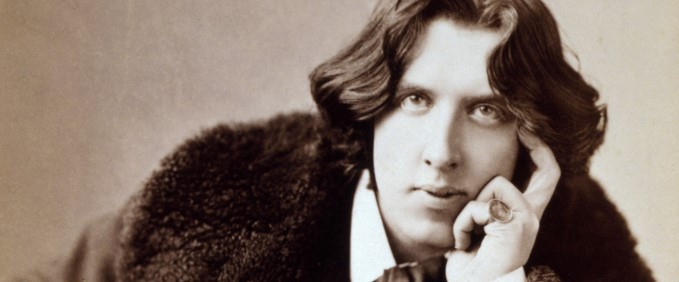
A large amount of amicus briefs were submitted in the case. The most critical of these is possible the short of the Solicitor Basic submitted on behalf of the U.S. Governing administration (Biden Administration). The government transient focuses on transformative-use and notes that the Goldsmith and Warhol operates have been utilised for the similar function (republication in magazine content about Prince) and do not entail a parody. In this same-use situation, fair use is a lot fewer most likely mainly because the new work can be observed as minimal more than a replacement of the unique. Pertaining to the which means or message supposed by Warhol, the authorities argues that Warhol failed to explain why he desired to reproduce Goldsmith’s get the job done in get for that expression to get location. Thus, the authorities is attempting to cabin-in the transformative that means doctrines to areas wherever the copying is further more justified by reasoning or evidence.
The case’s effect on appropriation artwork and documentary filmmaking is straightforward to see, but there are other locations that may possibly also see some major shifts depending upon the Supreme Court’s consequence. While Warhol employed pre-personal computer know-how for his display screen printing, the situation has critical implications for on the internet copyright protections in a planet of digital reduce-and-paste and fingertip accessibility to AI resources to change digital functions. You may have even seen apps that automatically change photos into a Warhol-design function. A uncomplicated and broad holding from the Supreme Court docket supporting reasonable use would give significant area make it possible for these innovative functions (and app improvement) to develop. But, that would be to the detriment of first creators trying to get to protect their copyrights. A earn for Goldsmith may perhaps have to have a re-tooling of these applications in buy to healthy inside the stricter reasonable use requirements.
In his amicus short, Berkeley Professor Peter Menell argues for Goldsmith, creating that “the Prince collection consists of unauthorized derivative functions geared up for a industrial reason and with no significant transformative traits.” Whilst Warhol’s operate has grow to be legendary within our tradition, classifying the get the job done as a “derivative work” produces the quirky conundrum that Warhol’s estate holds no copyright at all. This ruling then could possibly extend to other areas—such as museum displays (since Goldsmith would then very own the right to public display screen). I will notice that Warhol by now compensated licensing costs to the proprietor of the underlying function in a quantity of circumstances, such as for his use of Henri Dauman’s photo of Jacqueline Kennedy that had appeared in Daily life journal.
This is not just a free of charge speech situation, but “meaning and message” surely feel like types of safeguarded speech. In earlier cases, the Supreme Court docket dominated that honest use is a stand-in for 1st Amendment protections in the copyright environment. We have viewed copyright applied in methods akin to SLAPP steps as properly as by artists who do not want their get the job done made use of to help unworthy triggers (this kind of as by politicians they oppose). The final result right here will shift people pursuits, possibly in favor of regulate by the original copyright holder, or more liberty to the potential (unwanted) person.

